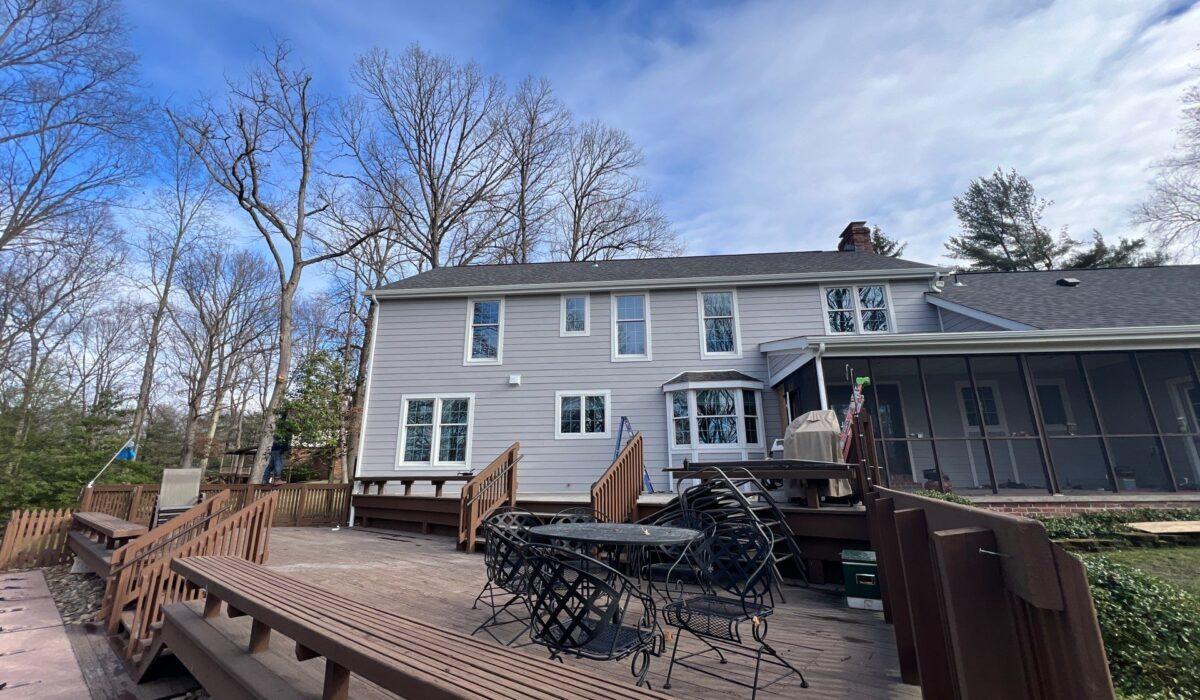Wouldn’t That Provide More Protection?
When it’s time to replace your roof, one of the first questions homeowners ask is:
“Can I just install the new shingles over the old ones?”
At first glance, it seems like a smart idea—more layers, more protection, right?
Not quite.
While it is legal in many places to layer new shingles over old ones, this roofing shortcut can actually cause more problems than it solves. Let’s break down the pros and cons—and help you understand why a full tear-off is usually the better investment.
The Appeal of a Roof-Over
Installing a new shingle roof over an existing one (also called roof overlaying) might sound like a great idea. After all:
-
You save on labor and disposal costs
-
It’s faster to install
-
You get double the material—so shouldn’t that mean double the protection?
Unfortunately, that’s not how roofing systems work.
Why Roof-Overs Can Cause More Harm Than Good
1. You’re Hiding What’s Underneath
The biggest issue with installing shingles over shingles is that it hides potential problems underneath. If your old roof has:
-
Water damage
-
Rotting wood
-
Mold or mildew
-
Poor ventilation
…you won’t be able to detect or fix these issues unless you remove the old shingles first. Layering new shingles on top can trap moisture and cause these problems to worsen over time.
2. You Add Extra Weight
Shingles aren’t light. A single layer of asphalt shingles weighs about 2,000–3,000 pounds for an average-sized roof. Adding a second layer increases the load on your roof structure—sometimes beyond what it was designed to support.
Over time, this added weight can stress your rafters and cause sagging or even structural failure.
3. It Can Void Your Warranty
Many manufacturers of roofing materials require a full tear-off before installation. If you opt for a roof-over, you might be sacrificing your chance at a full material warranty.
At Bella Construction, we make sure our roofing projects meet manufacturer specifications to protect your investment long-term.
4. It Doesn’t Improve Protection
Contrary to popular belief, a second layer of shingles doesn’t mean double the protection. In fact, the bottom layer can prevent the top layer from lying flat, creating bumps and weak points where water can pool and leak in.
5. Poor Aesthetics and Shorter Lifespan
Roof-overs tend to look less polished. Over time, the added layer may warp or ripple. And because they trap heat, they can cause your new shingles to wear out faster, reducing the lifespan of your roof system by several years.
When Is a Roof-Over Acceptable?
There are a few cases where a roof-over might be considered:
-
The existing shingles are completely flat and undamaged
-
Local building codes allow for it
-
There’s no sign of water damage or structural issues
-
You’re selling the home soon and need a temporary fix
But even then, it’s usually a short-term solution—not a long-term investment.
The Benefits of a Full Tear-Off
Tearing off the old roof may be more labor-intensive, but it offers real value:
-
We can inspect and repair the decking underneath
-
You’ll get a fresh start with proper underlayment and ventilation
-
Your roof will last longer and perform better
-
You’re more likely to qualify for full warranty coverage
-
It boosts curb appeal and resale value
At Bella Construction, we always recommend a full tear-off when installing a new shingle roof—because we care about doing the job right the first time.
Bottom Line: One Roof is Enough (When Done Right)
Installing new shingles over an existing layer might seem like a shortcut, but it often leads to bigger problems, higher costs, and shorter roof life down the line.
If your roof needs replacing, choose the solution that provides lasting protection, performance, and peace of mind: a full tear-off and proper installation.
Need a Roof Inspection?
If you’re wondering whether your roof can handle a new layer—or if it’s time for a full replacement—contact Bella Construction. Our team will provide a free inspection and walk you through your options.
We’re here to help you make the right choice for your home—and your budget.

